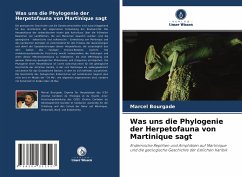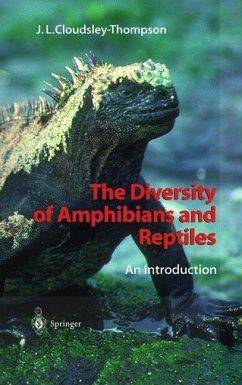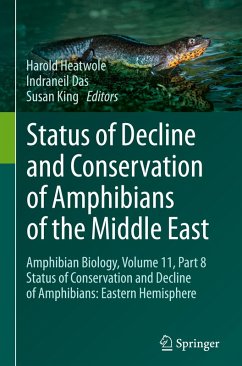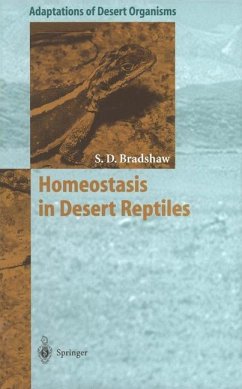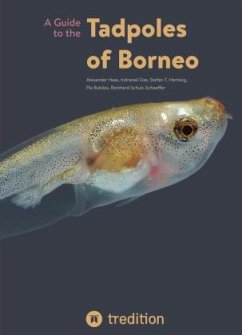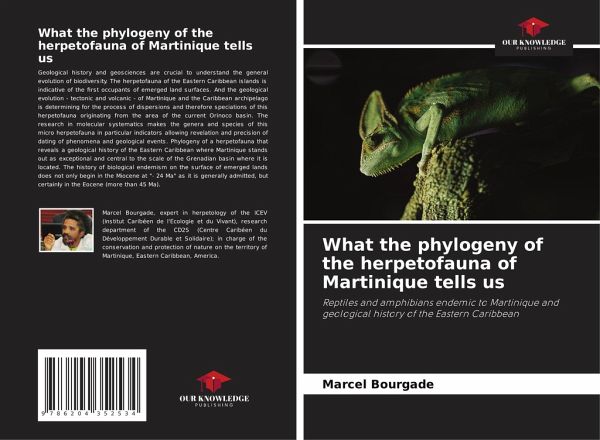
What the phylogeny of the herpetofauna of Martinique tells us
Reptiles and amphibians endemic to Martinique and geological history of the Eastern Caribbean
Versandkostenfrei!
Versandfertig in 6-10 Tagen
27,99 €
inkl. MwSt.

PAYBACK Punkte
14 °P sammeln!
Geological history and geosciences are crucial to understand the general evolution of biodiversity. The herpetofauna of the Eastern Caribbean islands is indicative of the first occupants of emerged land surfaces. And the geological evolution - tectonic and volcanic - of Martinique and the Caribbean archipelago is determining for the process of dispersions and therefore speciations of this herpetofauna originating from the area of the current Orinoco basin. The research in molecular systematics makes the genera and species of this micro herpetofauna in particular indicators allowing revelation ...
Geological history and geosciences are crucial to understand the general evolution of biodiversity. The herpetofauna of the Eastern Caribbean islands is indicative of the first occupants of emerged land surfaces. And the geological evolution - tectonic and volcanic - of Martinique and the Caribbean archipelago is determining for the process of dispersions and therefore speciations of this herpetofauna originating from the area of the current Orinoco basin. The research in molecular systematics makes the genera and species of this micro herpetofauna in particular indicators allowing revelation and precision of dating of phenomena and geological events. Phylogeny of a herpetofauna that reveals a geological history of the Eastern Caribbean where Martinique stands out as exceptional and central to the scale of the Grenadian basin where it is located. The history of biological endemism on the surface of emerged lands does not only begin in the Miocene at "- 24 Ma" as it is generally admitted, but certainly in the Eocene (more than 45 Ma).



